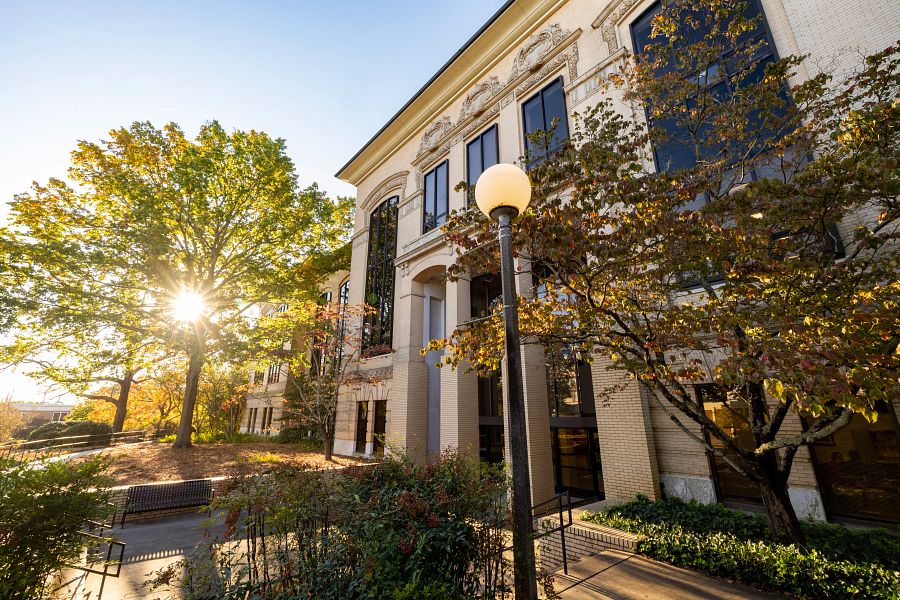When those beautiful autumn leaves have blown from the trees and become unsightly brown masses in your lawn, don't fret and don't burn. Simply build a pile and recycle the leaves through the composting process.
When you clean up the garden, yard, flower beds or other outside areas, don't forget that almost all of this plant material, too, can be added to the compost pile.
Good compost is especially useful for improving soils that are low in organic matter. Although it does add some nutrients, the main benefit of compost is improving the soil's physical condition.
Fall is a great time for composting because of the abundance of leaves to add to the pile.
Simple rules to follow in composting:
Almost all organic material may be used: sod, grass clippings, leaves, hay, straw, some weeds, chopped corn cobs, corn stalks, sawdust, newspapers, etc. Avoid weeds and grass plants that have developed seed heads.
Most kitchen scraps may be used, too, except for animal fat, bones and milk products.
During the fresh-vegetable season, from my family of four, I've been putting about 14 pounds of kitchen materials a week on my compost pile.
These include coffee and tea grounds, eggshells, peelings of vegetables and fruits, canning by-products such as tomato peels, apple peelings and cores and corn husks.
I just dig a small hole in the compost pile, place the materials four to five inches deep and cover them with leaves, grass clippings or other plant materials. Then I continue that process clockwise around the pile.
Just think how much each family is putting into the landfill from the kitchen. These materials are completely degradable in the compost pile within four to six weeks.
The size will vary with the amount of material, but any size smaller than 3 feet wide by 3 feet high isn't recommended. It's too small to heat up and decompose the material properly.
For ease of handling, it's best, too, not to go over 5 feet by 5 feet by 5 feet.
Some type of enclosure to contain the material is best. But the sides of the bin should allow free air movement into the material. The best bin material is probably 2-inch-by-4-inch dog fencing 3 feet high.
If you don't want to use anything at all, just pile up the composting material. That will work, too.
You don't have to build the pile all at once. Begin by spreading an 8- to 12-inch layer of organic material over the area.
On top of this, spread one cup of complete garden fertilizer or a couple of shovelfuls of manure. You can also add a light layer of soil. The best activator for compost is old compost.
Continue to alternate layers. As each is complete, water it thoroughly. Keep the pile moist, but not soggy.
You can hasten the decomposition if you turn the pile every few weeks. If you don't choose to turn it or can't, don't worry -- it will still decompose. It will take longer, but what's time to compost?
Compost is ready for use when the material turns dark and becomes crumbly. Finished compost will have lost much of its original identity and will have an "earthy" smell.
Normally, five to eight months will be required to finish compost, depending on the material used and the heat and moisture available during the composting period.
Apply the compost to garden soil at the rate of four bushels per 100 square feet.
To learn more about composting, contact your county extension agent.






